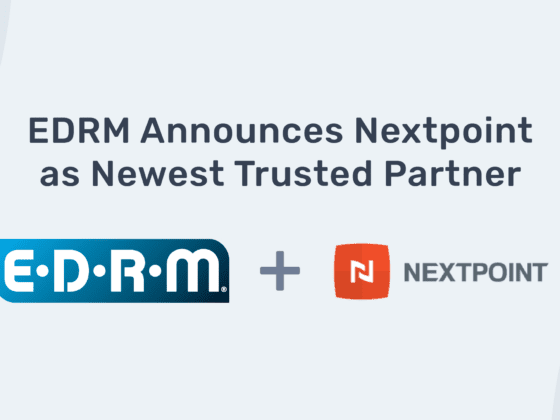The mountains of digital evidence seen in modern litigation make it easy for legal teams to become overwhelmed. Unfortunately, courts have shown no patience for lawyers who lose track of their eDiscovery projects.
In an extreme case of lawyerly ignorance, Branhaven, LLC v. Beeftek, Inc., 2013 U.S. Dist., (D. Md. Jan. 4, 2013), Maryland Magistrate Judge Susan Gauvey sanctioned the plaintiff’s attorneys for certifying their eDiscovery production even though they utterly failed to meet the discovery demands. Or, as the court put it, “plaintiff’s counsel… wrongly certified that they were responding to the document requests ‘to the best of [their] knowledge, information and belief after reasonable inquiry.’ …only sometime in June or July, did plaintiff’s junior counsel ‘wake up’ to the fact that the client had failed to appropriately respond.”
Even worse, by submitting a “large, disorganized and last minute document production,” the court found the plaintiff’s attorneys had acted with “callous disregard for their responsibilities under the rules,” and were ordered to pay attorneys’ fees and costs for the delayed production.
The plaintiff’s attorneys admitted they took a hands-off approach to the discovery process, and were not aware of the problems until late in the process. But how can any legal team be expected to understand the progress of an eDiscovery project, especially when third-party reviewers are often responsible for the day-to-day effort?
eDiscovery Analytics Anyone?
Nextpoint believes the answer is in advanced software analytics and ediscovery metrics. By eDiscovery analytics, we mean any tool or set of tools used to provide data mining, event tracking and reports to provide insight and analysis for document review. These functions range from reporting and review metrics to sophisticated search software and advanced data mining applications. Many vendors have been adding graphical views of data to eDiscovery applications, often in a dashboard view, giving review teams easy access to progress and status reports.
The purpose of this reporting functionality is to provide more insight and intelligence in the review process, allowing for better workflow and control. These tools add efficiency and reliability to the discovery process and ensure that the process is defensible and repeatable. In fact, the notes to the updated Federal Rules of Evidence Rule 502 (regarding inadvertent disclosure of work product) now reads:
“Depending on the circumstances, a party that uses advanced analytical software applications and linguistic tools in screening for privilege and work product may be found to have taken ‘reasonable steps’ to prevent inadvertent disclosure. The implementation of an efficient system of records management before litigation may also be relevant.”
If there’s a common reason why cases fall apart, it’s a lack of transparency and information. If legal teams don’t pay close attention or have all of the facts, mistakes can quickly pile up, compound, and sink your case. This week, Nextpoint is rolling out an enhanced set of analytics tools for our review platform.
We’ve updated Nextpoint’s reporting tools with a new, graphical interface, making mistakes like Branhaven unlikely to happen. When lawyers, project managers, and reviewers log in to Nextpoint now, they can quickly see the progress of their review projects, allowing them to more effectively manage and control the complexity and cost of any eDiscovery effort.
It’s hard to imagine attorneys remaining ignorant of the state of their discovery process when all they have to do is log in and see color-coded charts showing them exactly how far along the process is.
eDiscovery is a complicated process with lots of variables, but it doesn’t have to be mysterious and opaque. Analytical and statistical analysis is transforming the way Wall Street works, the way retailers manage inventory, and the way countless other businesses operate. The legal industry needs more of the same kind of software support, and we are taking that step.






